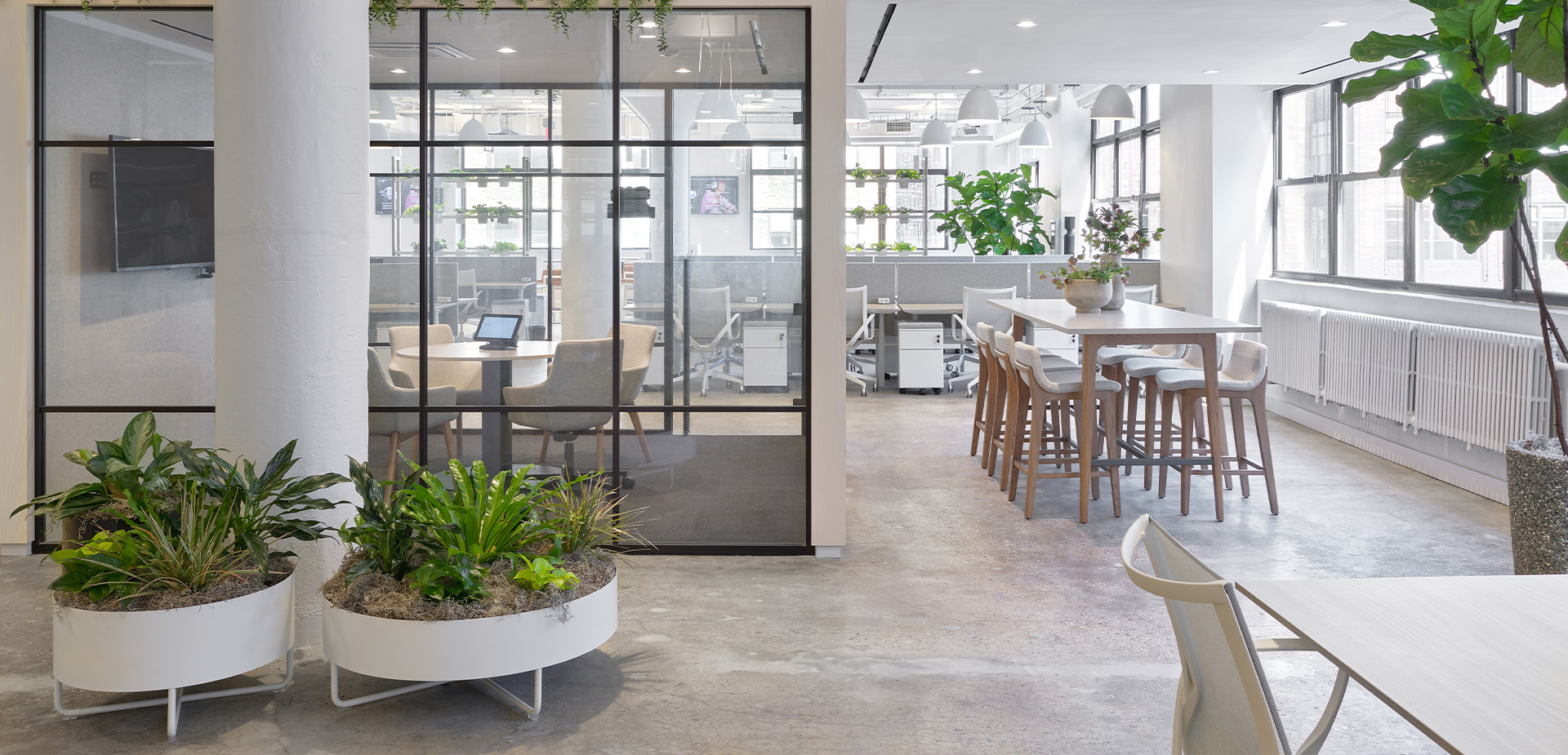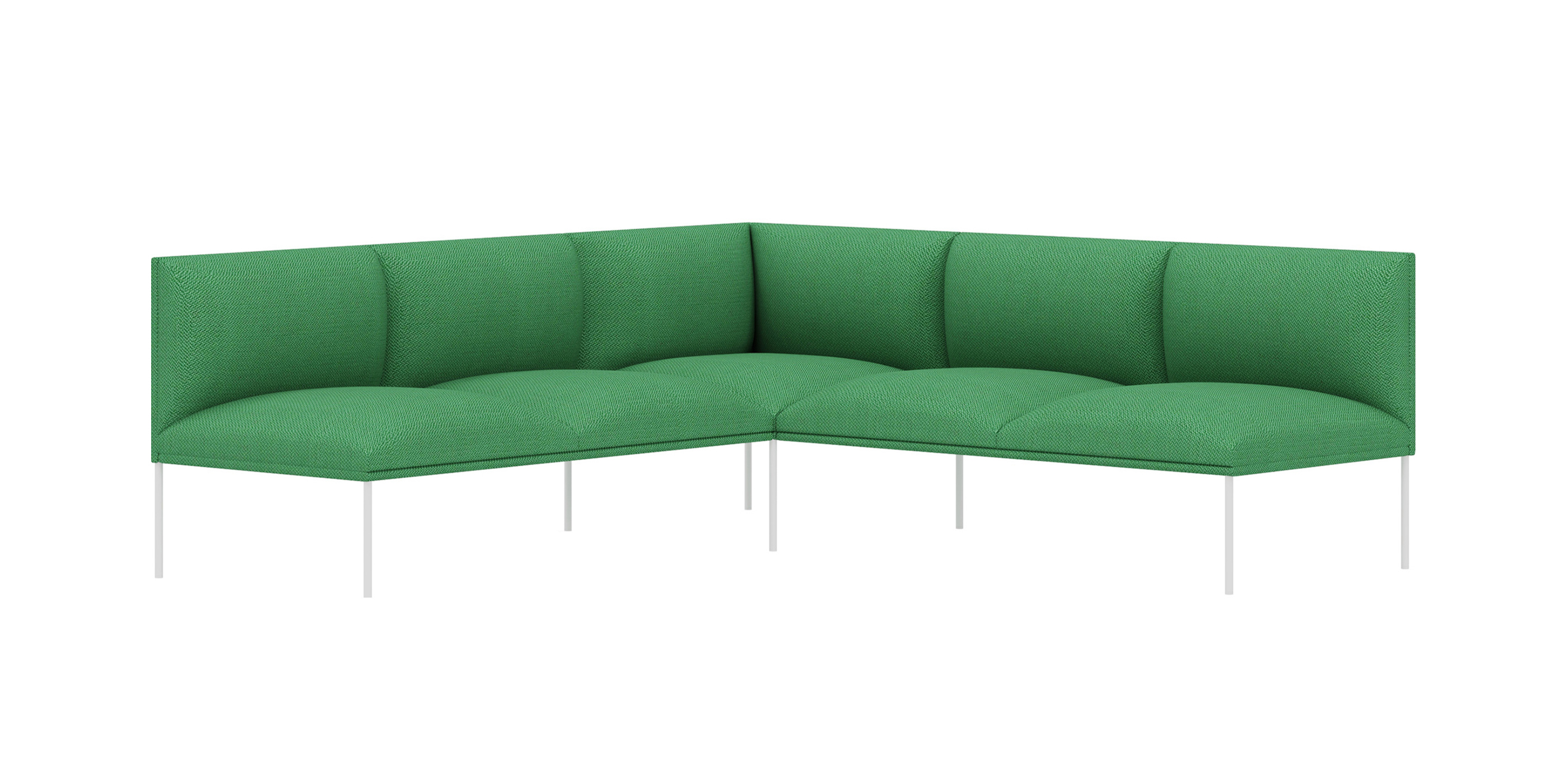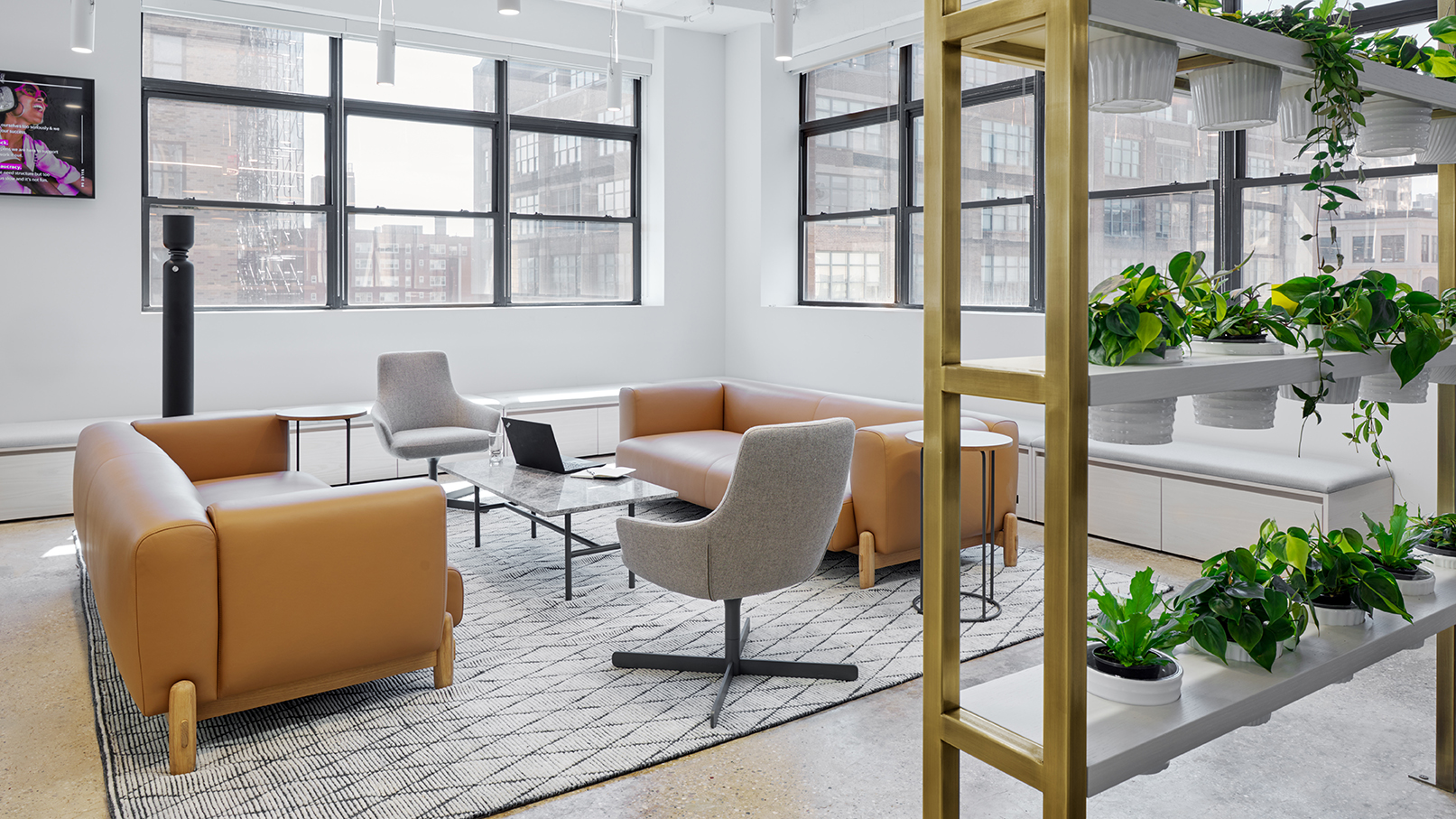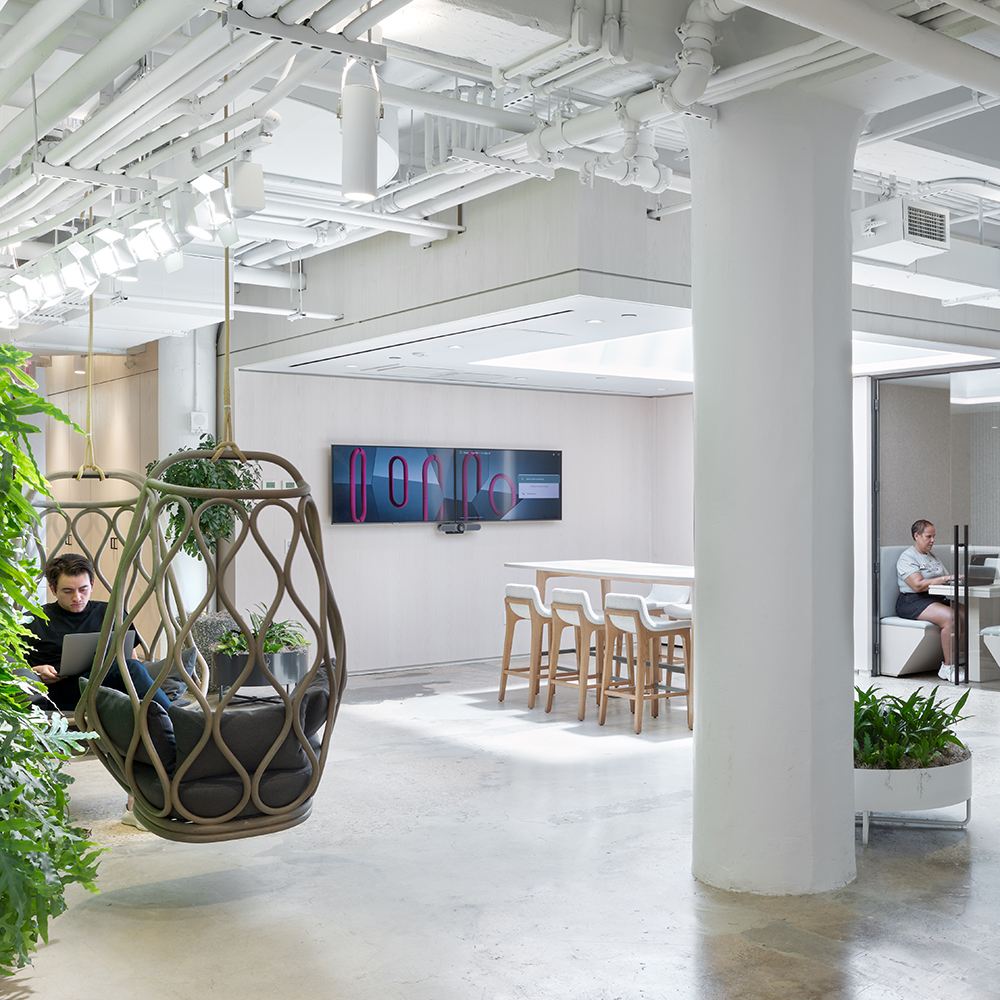-
As the way we work continues to evolve, so too does the design of our workspaces. The traditional office layout is making way for more dynamic, flexible, and human-centric environments that prioritize both comfort and functionality. This shift is driven by the increasing need for spaces that support employee well-being, enhance collaboration, and boost productivity while maintaining an inviting atmosphere. But what does the future hold for workplace design, and how can businesses stay ahead of the curve?
-
City
-
The Rise of Hybrid Workspaces
One of the most significant trends shaping the workplace of the future is the hybrid model. With remote work now a permanent fixture for many companies, offices must adapt to serve as hubs for collaboration, creativity, and connection rather than just places to sit and work. This has led to a surge in demand for modular furniture, adaptable layouts, and multi-use spaces that can transition from team meetings to quiet focus areas seamlessly. Businesses are increasingly investing in flexible workstations and moveable partitions to create fluid, responsive environments that cater to varying work styles.
-
-
Prioritizing Employee Well-being
Modern workplace design is increasingly centered around employee well-being, recognizing that a comfortable and aesthetically pleasing environment leads to greater satisfaction and productivity. Ergonomic furniture, access to natural light, and biophilic design elements such as indoor plants and organic materials are becoming staples in office spaces. The inclusion of wellness rooms, standing desks, and designated relaxation zones reflects a broader movement toward creating offices that support both mental and physical health. Acoustic solutions are also playing a crucial role, ensuring that noise levels remain controlled to foster concentration without stifling collaboration.
-
-
The Integration of Smart Technology
Technology continues to shape the workplace experience, with smart offices becoming the new standard. From app-controlled lighting and climate systems to AI-driven workspace booking tools, these innovations streamline office management while enhancing employee comfort. In addition, augmented reality (AR) and virtual reality (VR) are emerging as powerful tools for spatial planning and design, allowing teams to visualize and modify office layouts before making significant changes. As workplaces become more digital, the seamless integration of technology will be essential in maintaining an efficient and connected workforce.
Designing for the Future
Looking ahead, the future of workplace design lies in creating adaptable environments that balance the best of in-person and remote work. As organizations continue to rethink how and where work happens, the emphasis will be on designing spaces that inspire, support, and evolve with the needs of employees. By blending comfort with functionality, businesses can ensure that their workspaces remain not only relevant but also integral to fostering creativity, collaboration, and innovation in the years to come.
-




